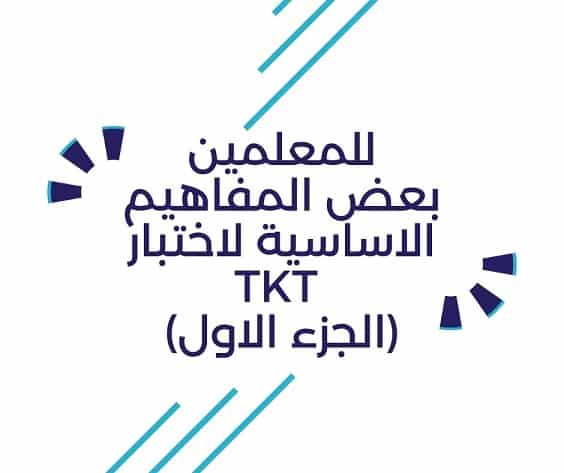
cohesion n
the grammatical and/or lexical relationships between the different elements of a text. This may be the relationship between different sentences or between different parts of a sentence.
For example:
a A: Is Jenny coming to the party?
B: Yes, she is.
There is a link between Jenny and she and also between is . . . coming
and is.
b In the sentence:
If you are going to London, I can give you the address of a good hotel there.
the link is between London and there
coherence
the relationships which link the meanings of utterances in a discourse or of the sentences in a text.
These links may be based on the speakers’ shared knowledge. For example:
A: Could you give me a lift home?
B: Sorry, I’m visiting my sister.
There is no grammatical or lexical link between A’s question and B’s reply but the exchange has coherence because both A and B know that B’s sister lives in the opposite direction to A’s home.
In written texts coherence refers to the way a text makes sense to the readers through the organization of its content, and the relevance and clarity of its concepts and ideas. Generally a paragraph has coherence if it is a series of sentences that develop a main idea (i.e. with a topic sentence and supporting sentences which relate to it).
communicative approach
an approach to foreign or second language teaching which emphasizes that the goal of language learning is communicative competence and which seeks to make meaningful communication and language use a focus of all classroom activities. The communicative approach was developed particularly by British applied linguists in the 1980s as a reaction away from grammar-based approaches such as situational language teaching and the audiolingual method.
The major principles of Communicative Language Teaching are:
1 learners use a language through using it to communicate
2 authentic and meaningful communication should be the goal of classroom activities
3 fluency and accuracy are both important goals in language learning
4 communication involves the integration of different language skills
5 learning is a process of creative construction and involves trial and error
Communicative language teaching led to a re-examination of language teaching goals, syllabuses, materials, and classroom activities and has had a major impact on changes in language teaching world wide. Some of its principles have been incorporated into other communicative approaches, such as task-based language teaching, cooperative language learning, and content-based instruction
diagnostic test n
a test that is designed to provide information about L2 learners’ strengths and weaknesses. For example, a diagnostic pronunciation test may be used to measure the L2 learners’ pronunciation of English sounds. It would show which sounds L2 learners are and are not able to pronounce or whether their pronunciation is intelligible or not. Diagnostic tests may be used to find out how much L2 learners know before beginning a language course to better provide an efficient and effective course of instruction.
direct method n
a method of foreign or second language teaching which has the following features:
a only the target language should be used in class
b meanings should be communicated “directly” (hence the name of the
method) by associating speech forms with actions, objects, mime, gestures, and situations
c reading and writing should be taught only after speaking
d grammar should only be taught inductively (see deductive learning); i.e. grammar rules should not be taught to the learners
The direct method was developed in the late nineteenth century as a reaction against the grammar translation method and was the first oral-based method to become widely adopted. Some of its features were retained in later methods such as situational language teaching.
elicitation n
also elicitation technique, elicitation procedure any technique or procedure that is designed to get a person to actively produce speech or writing, for example asking someone to describe a picture, tell a story, or finish an incomplete sentence. In linguistics, these techniques are used to prompt native speakers to produce linguistic data for analysis. In teaching and second language research, the same and similar techniques are used to get a better picture of learner abilities or a fuller understanding of interlanguage than the study of naturally occurring speech or writing can provide.
formal speech n
a careful, impersonal and often public mode of speaking used to express a polite distance between participants, and which may influence pronunciation, choice of words, and sentence structure. For example, compare:
Ladies and gentlemen, it gives me great pleasure to be here tonight (said on
a formal public occasion)
Nice to be here (said on an informal occasion between friends)
